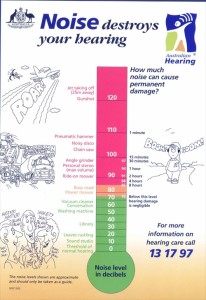Hearing Protection
Of the roughly 40 million Americans suffering from hearing loss, 10 million can be attributed to noise-induced hearing loss (NIHL). NIHL can be caused by a one-time exposure to loud sound as well as by repeated exposure to sounds at various loudness levels over an extended period of time. Damage happens to the microscopic hair cells found inside the inner ear. These cells respond to sound vibrations by sending an electrical signal to the hearing nerve. Different groups of hair cells are responsible for different frequencies (rate of vibrations). The healthy human ear can hear frequencies ranging from 20Hz to 20,000 Hz. Over time, the hair cells may get damaged or broken. If enough of them are damaged, hearing loss results. The high frequency area of the inner ear is commonly damaged by loud sounds, but all frequencies of hearing can be affected.
Sound pressure, or loudness, is measured in decibels (dB). Like a temperature scale, the decibel scale goes below zero. The average person can hear sounds down to about 0 dB, the level of rustling leaves. Some people with very good hearing can hear sounds down to -15 dB. If a sound reaches 85 dB or stronger, it can cause permanent damage to your hearing.
The damage to hearing cells from noise results from the cumulative effect of noise over time, without giving the cells sufficient period to recover.
Thus, the amount of time you listen to a sound affects how much damage it will cause. The quieter the sound, the longer you can listen to it safely. If the sound is quiet enough, it will not cause damage even if you listen to it for a very long time; however, exposure to some common sounds can cause permanent damage. With extended exposure, noises that reach a decibel level of 85 can cause permanent damage to the hair cells in the inner ear, leading to hearing loss.
Many Common Sounds May Be Louder than You Think
A typical conversation occurs at 60 dB – not loud enough to cause damage.A bulldozer that is idling (note that this is idling, not actively bulldozing) is loud enough at 85 dB that it can cause permanent damage after only 1 work day (8 hours).
When listening to a personal music system with stock earphones at a maximum volume, the sound generated can reach a level of over 100 dBA, loud enough to begin causing permanent damage after just 15 minutes per day!
A clap of thunder from a nearby storm (120 dB) or a gunshot (140-190 dB, depending on weapon), can both cause immediate damage, even though the exposure is just momentary.
In fact, noise is probably the most common occupational hazard facing people today. It is estimated that as many as 30 million Americans are exposed to potentially harmful sounds at work. Even outside of work, many people participate in recreational activities that can produce harmful noise (musical concerts, use of power tools, etc.). Sixty million Americans own firearms, and many people do not use appropriate hearing protection devices.
This kind of hearing damage may be accompanied by tinnitus—a ringing, buzzing, or roaring in the ears or head—which may subside over time. Hearing loss and tinnitus may be experienced in one or both ears, and tinnitus may continue constantly or occasionally throughout a lifetime.
The good news is that NIHL is 100 percent preventable. All individuals should understand the hazards of noise and how to practice good hearing health in everyday life.
To Protect Your Hearing
- Know which noises can cause damage (those at or above 85 decibels).
- Wear earplugs or other hearing protective devices when involved in a loud activity.
- Be alert to hazardous noise in the environment.
- Protect the ears of children who are too young to protect their own.
- Make family, friends, and colleagues aware of the hazards of noise.
If you suspect hearing loss, have a medical examination by an otolaryngologist (a physician who specializes in diseases of the ears, nose, throat, head, and neck) and a hearing test by an audiologist (a health professional trained to measure and help individuals deal with hearing loss).
Ohio Hearing Institute specializes in both prevention and treatment of hearing loss. Call today to schedule a free consultation to discuss the products available for advanced hearing protection.
We Offer a Wide Range of Hearing Protection
We offer a full array of custom devices for musicians, in addition to devices for every type of recreational need including custom earbuds for personal audio players.

Ear Protection for Hunters
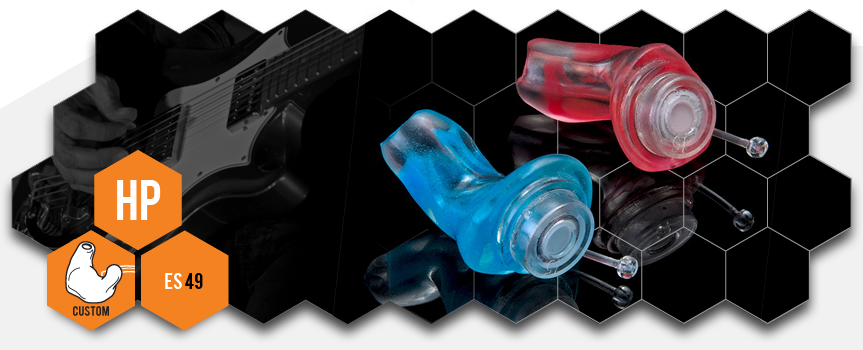
Custom Fit for Concert Goers or Musicians
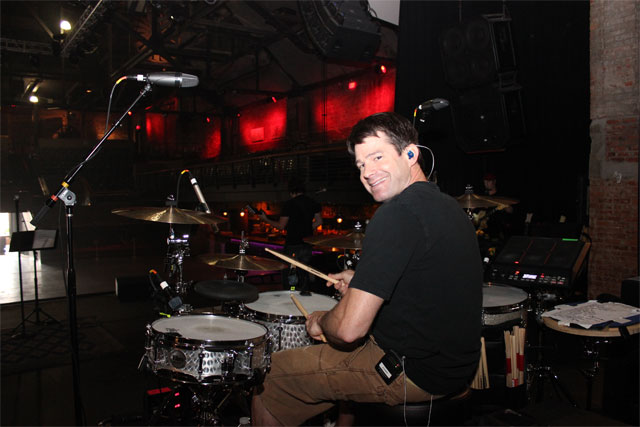
Custom Fit Musician In-Ear-Monitor
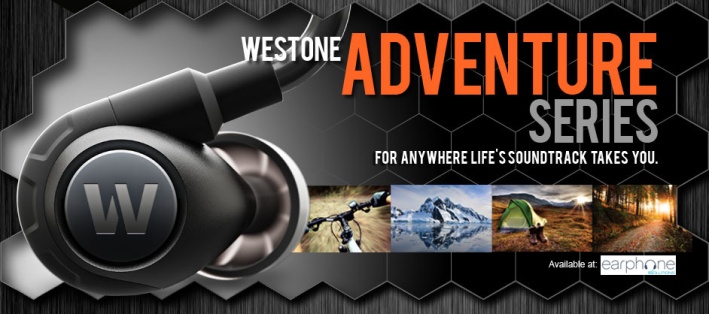
For Athletes on the Go
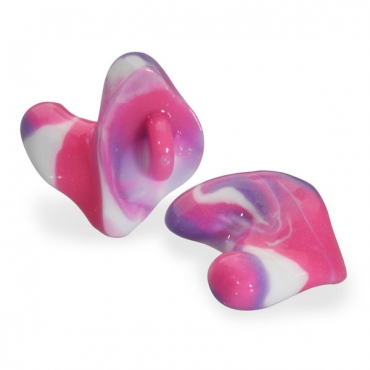
For Swimmers or High Noise Suppression
